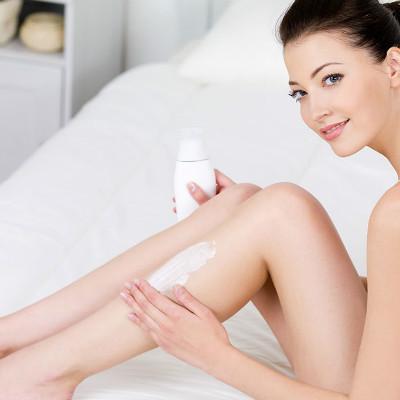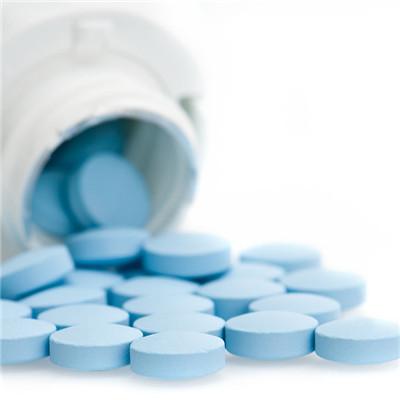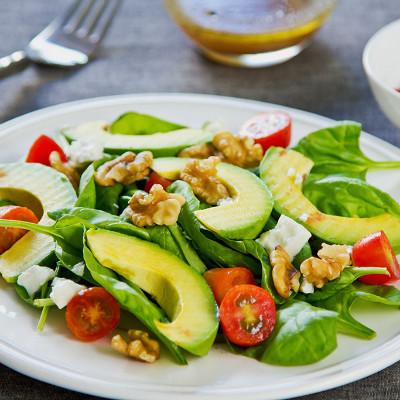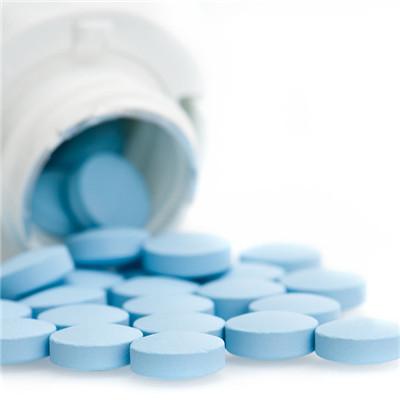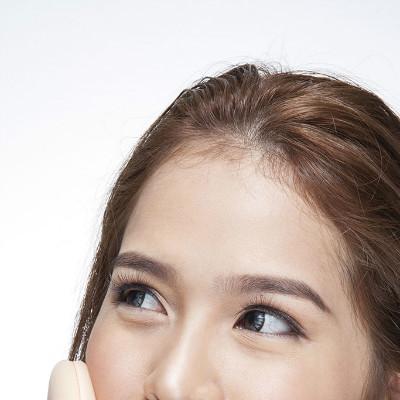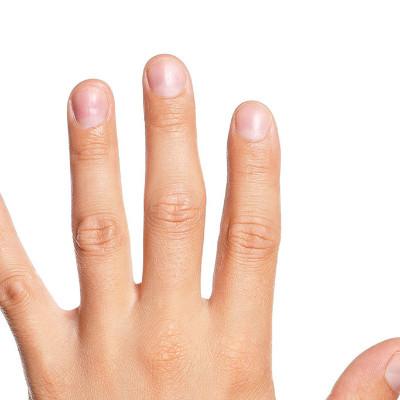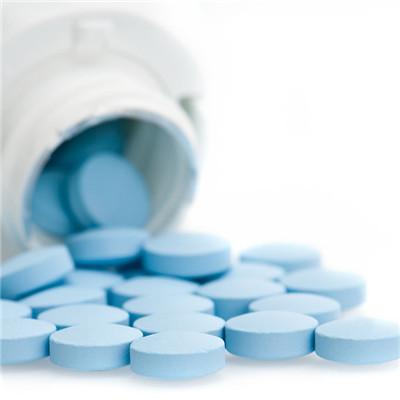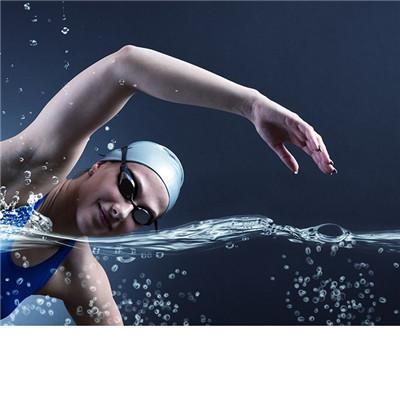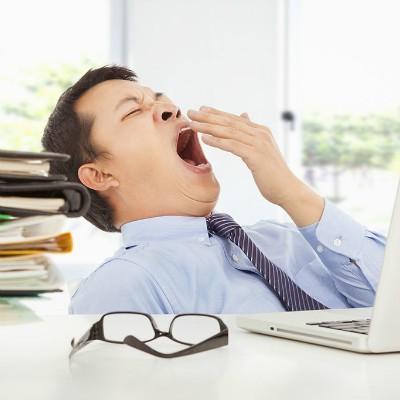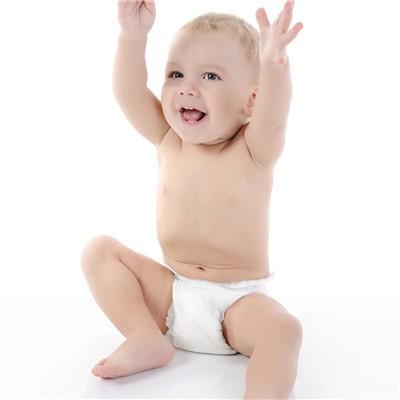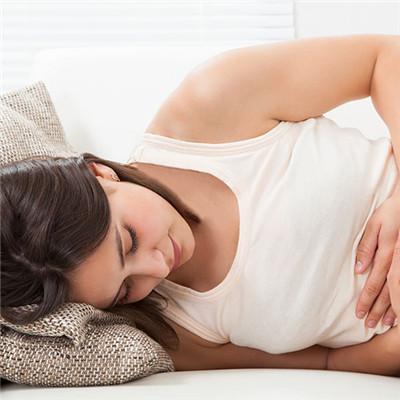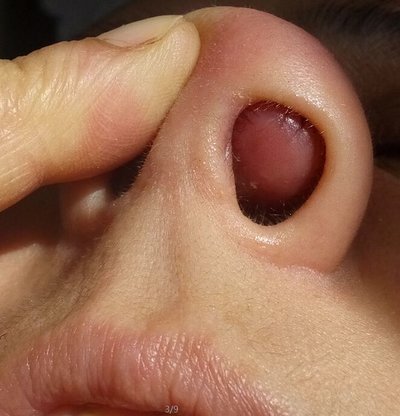Symptoms of knee arthritis
summary
Knee arthritis is a high incidence of orthopedic diseases in the elderly, mainly due to degenerative lesions of articular cartilage, the main symptoms of joint pain, severe joint dysfunction, bring great adverse effects to our lives. According to experts, knee arthritis refers to a joint disease caused by a variety of factors, such as articular cartilage fibrosis, chapping, ulcer and loss. So what are the common symptoms of knee arthritis? Let's take a look at knee arthritis.
Symptoms of knee arthritis
(1) pain: pain is not only the main symptom of the disease, but also the main cause of dysfunction. It is characterized by occult attack and persistent dull pain, which often occurs after activity and can be relieved by rest. As the disease progresses, joint activity can be limited by pain, even at rest. During sleep, due to the muscle damage around the joint, the joint protection function is reduced, and the pain activity can not be limited as when awake, so the patient may wake up with pain.

(2) morning stiffness and adhesiveness: morning stiffness indicates the existence of synovitis. But different from rheumatoid arthritis, the time is relatively short, generally not more than 30 minutes. Adhesiveness refers to the feeling of stiffness when the joint is still for a period of time, such as adhesiveness, which can be relieved by a little movement. The above situation is more common in the elderly, lower limb joints.

(3) other symptoms: with the progress of the disease, there may be joint contracture, instability, rest pain, and aggravation of weight-bearing pain. Dysfunction may occur due to mechanical atresia caused by poor joint surface anastomosis, muscle spasm and contraction, joint capsule contraction and bone spur.

matters needing attention
Reduce unreasonable exercise: Patients with knee arthritis like to use Tai Chi (repeatedly squat up), mountain climbing and other sports to exercise their joints, which will only increase joint torque or overload the joint surface, resulting in more severe joint wear. Moderate activity, avoid bad posture, avoid long time running, jumping, squatting, reduce or avoid climbing stairs.

